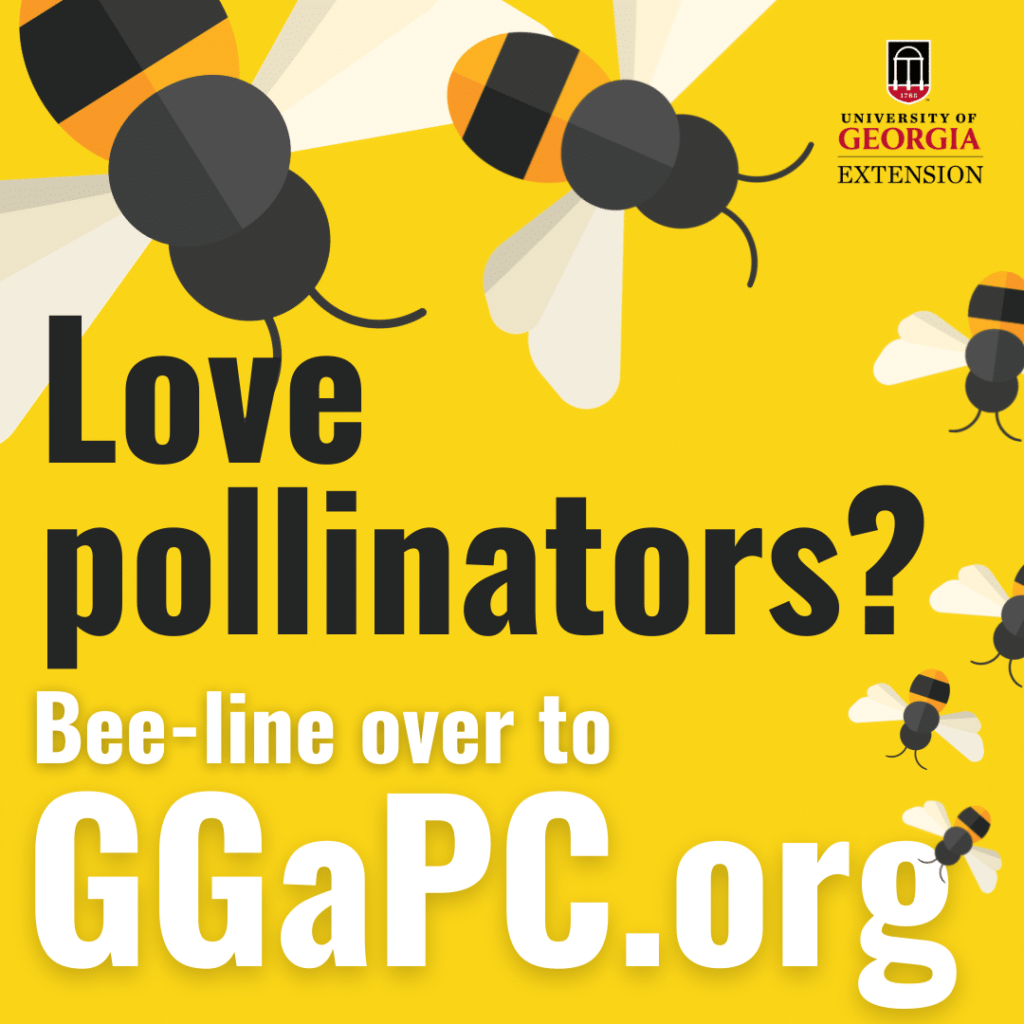Did you know that between 75% and 95% of all flowering plants on the earth need help with pollination? They need pollinators. Pollinators help over 180,000 different plant species and more than 1200 crops. That means that 1 out of every 3 bites of food you eat is there because of pollinators. In addition to the food that we eat, pollinators support healthy ecosystems that clean the air, stabilize soils, protect from severe weather, and support other wildlife. Pollinators include honey bees and many native bees, such as sweat bees, mason bees, digger bees, leaf cutter bees, carpenter bees, and bumble bees. Certain flies, butterflies, moths, beetles, wasps, and even hummingbirds also serve as pollinators. They visit flowers to drink nectar or feed off of pollen and transport pollen grains as they move from spot to spot. The problem: insect pollinator populations are decreasing. Not only in population, but also in diversity. Pollinators face the increasing challenges of habitat loss, parasite and disease pressure, and the unintended consequences of pesticide misuse. Pollinators need help and we can help them! Research from UGA is helping to identify not only the reasons behind the decline, but also what homeowners can do to help them.
We can support pollinator populations by providing floral resources, nesting areas, moisture sources, and open areas where butterflies can bask in the sun and ground-dwelling bees can nest. Even the smallest landscape, when thoughtfully managed, can aid pollinators. Pollinator-friendly garden plants can provide not only nectar and pollen, but also food. A combination of herbaceous perennial and annual plants, trees, and shrubs can provide valuable resources to bees and other pollinators.
Another way to help protect pollinators is to think of pesticide use as the last step in combatting a pest problem, not the first. The use of an Integrated Pest Management (IPM) approach is key to reducing pesticide use. Many pests can be controlled through cultural or manual techniques. If using a pesticide is warranted, then using it judiciously, following label directions and with good handling and application practices is necessary.

Next week, on August 20 and 21, many Madison County residents, schools and businesses will be participating in the annual Great Georgia Pollinator Census, sponsored by UGA Extension. During the census, Georgia citizens are asked to visit plants in their gardens or other spots frequented by insect pollinators and count how many pollinators they observe in a 15-minute window. Those who participate then submit their counts online via the census website. “The goals of the project are to gather data on pollinator insect populations, foster pollinator habitats and increase entomological literacy about these insects,” said Becky Griffin, UGA Extension school garden and pollinator census coordinator. If you can’t tell a honey bee from a bumble bee, don’t worry. An “Insect Counting and Identification Guide”, found on the website, gives detailed instructions on counting and photo examples for classification, which is helpful, since there are more than 500 bee species reported in the state. Insects are categorized into one of eight categories during the observation period: bumble bees, carpenter bees, small bees, honey bees, wasps, flies, butterflies and moths, and other insects.
Those interested in counting should visit https://ggapc.org/ to sign up and subscribe to the monthly newsletter about pollinator gardening and insect identification. You can also contact me at clh@uga.edu or 706-795-2281.